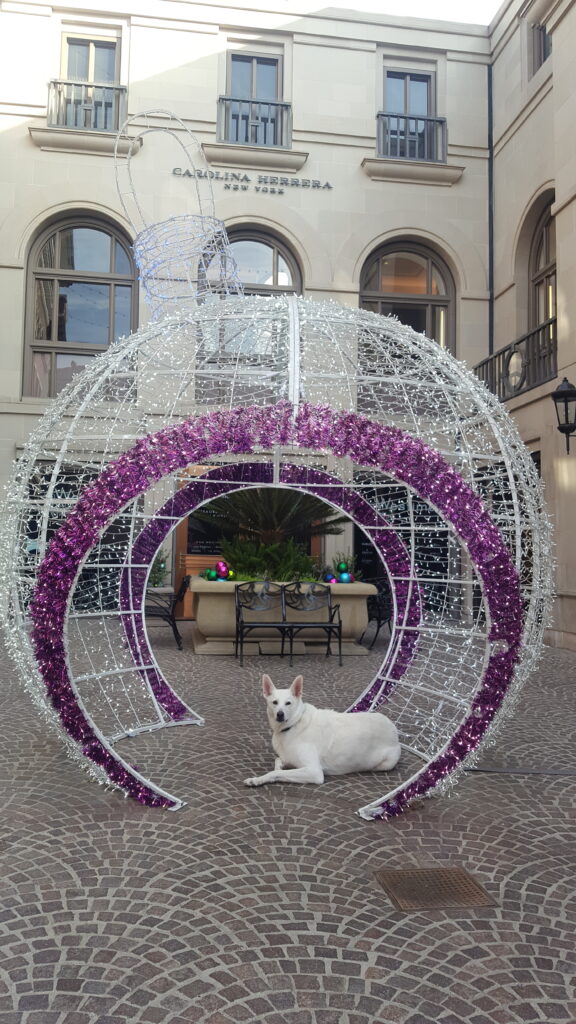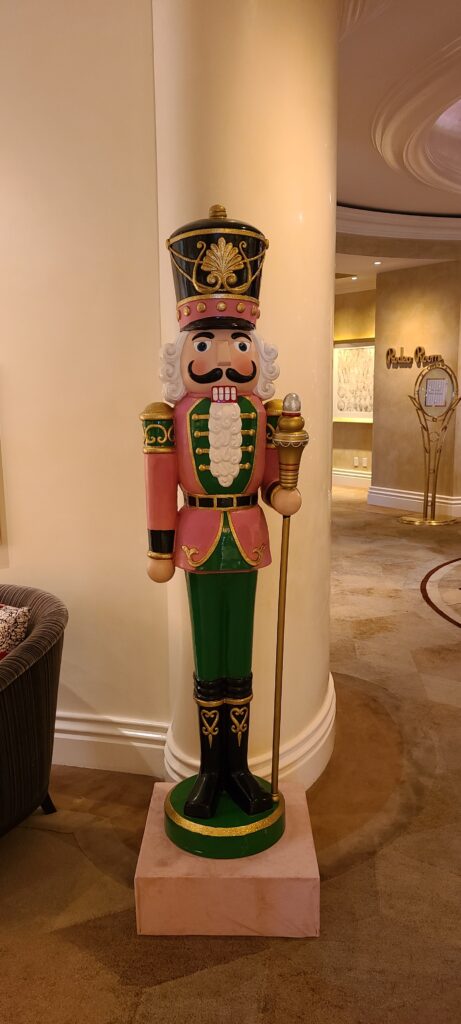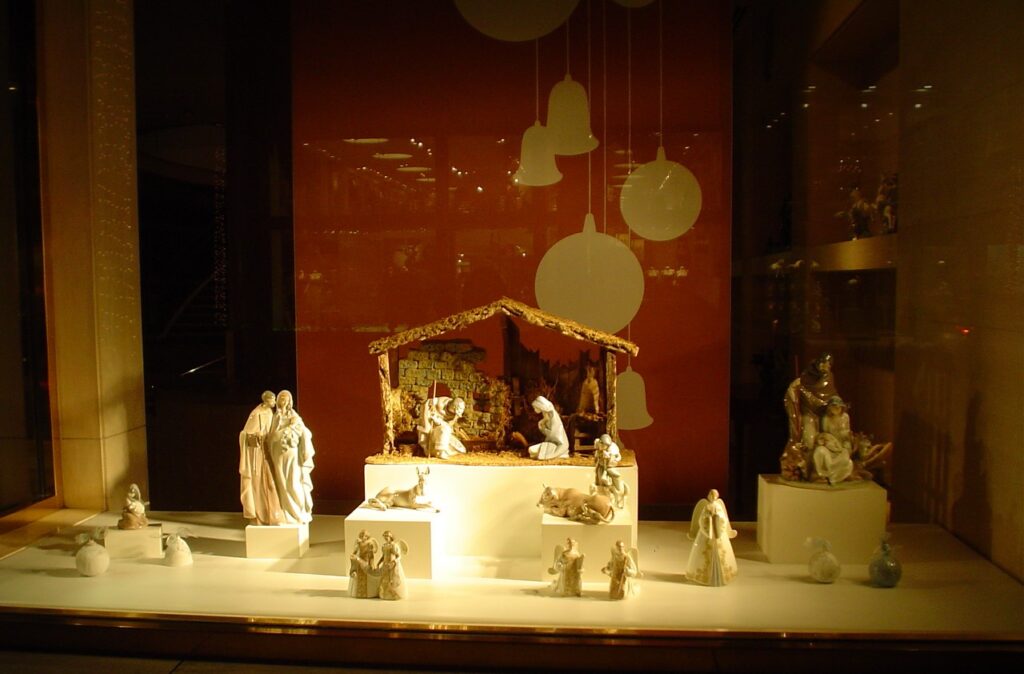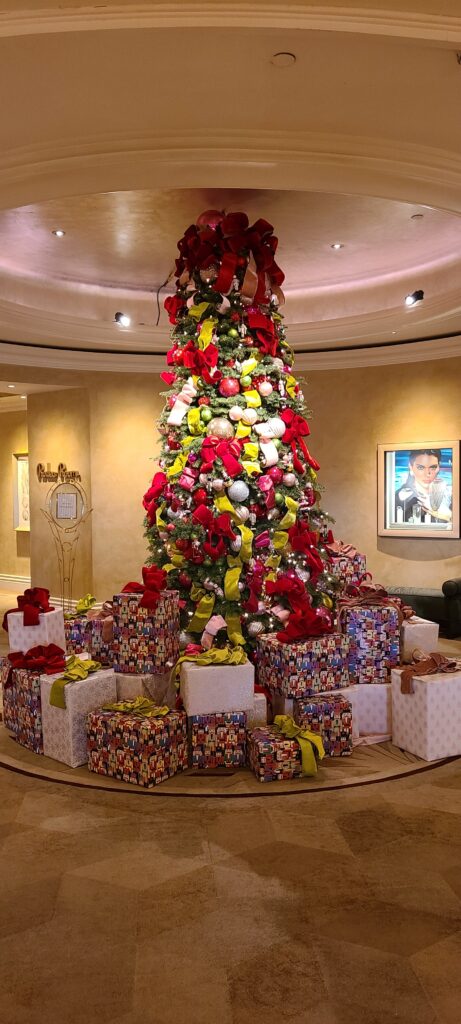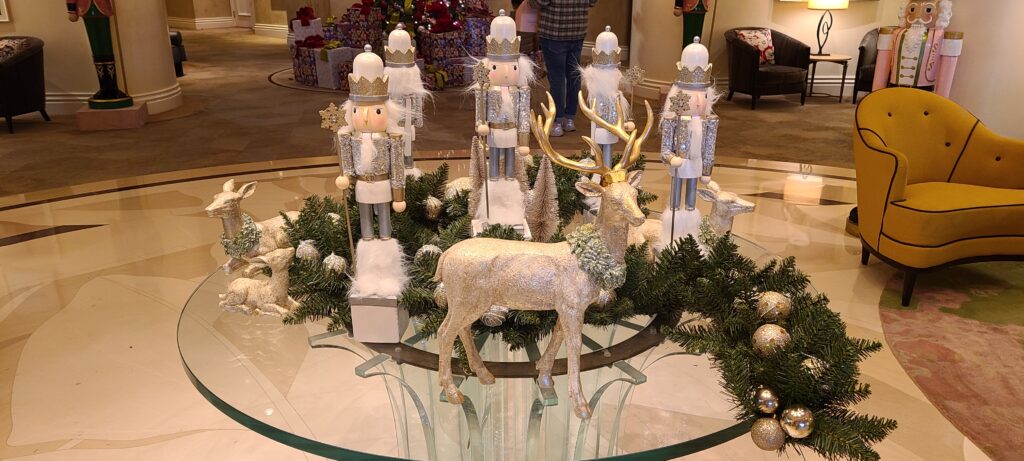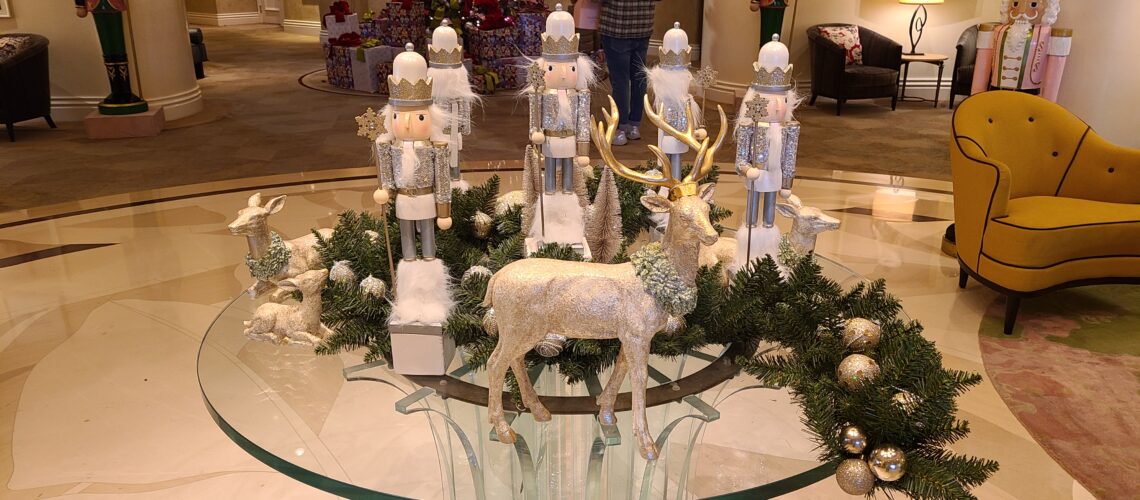
December 10, 2022
Christmas – one of the greatest Christian Holidays
The first records of Christmas date back to 354 CE. This year, the first record was included in the Roman calendar of Christian holidays. A little later, in the 6th century, the Christmas Eve was introduced to the Christmas liturgy. For Christians, who did not know the exact date of the Savior’s birth, December 24 had a symbolic meaning. Christ – Light, coming into the world, overcame the darkness of sin, just like the light of the sun, which from December 24 overcomes the darkness of night. Another tradition based on the New Testament says that Christ’s conception took place on March 25, so the feast of his birth must fall on December 25.
A proper Christmas experience requires proper preparation from all Christians. It takes different forms in individual local Churches. In the Gallic Church (today’s France), fasting is observed three times a week (Mondays, Wednesdays, Fridays) from November 11. Advent began to be practiced in the Roman Church as early as the 5th century, it covers the four weeks or four Sundays preceding Christmas. A similar practice is also adopted in the Eastern Church. Over the following centuries, national traditions enriched the celebration of Christmas with many wonderful rites and customs, but they, like many other celebrations, remained as they were created by the early Christians and the ancient Church.
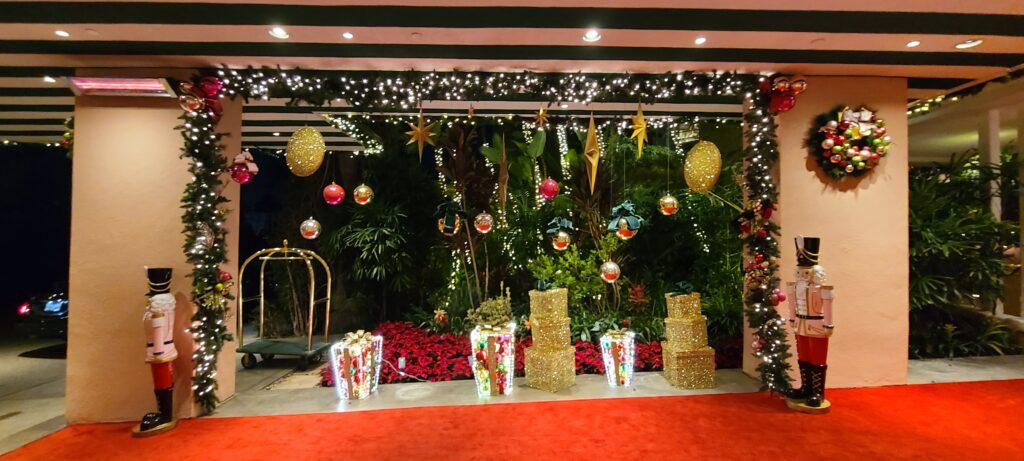
Traditions and rituals
Wafer
Traditionally, eating the Christmas Eve supper is preceded by sharing the wafer. This simple custom is a symbol of “being together”, because the quarreling people do not sit together at the same table.
Sharing the wafer, we wish each other all the best, both material and spiritual. Material good is symbolized by the wafer – bread. We wish that we and our neighbors would never run out of it and that we would be able to share it with those in need!
Sharing bread in the form of a wafer has been known since the beginning of the Church. However, it had nothing to do with the Christmas season, but rather directly related to the Eucharist. The custom of blessing bread and eating it as a kind of spiritual communion was known.
It is impossible to determine exactly when and how the tradition of sharing the wafer on Christmas Eve became established in Poland. The oldest mention of this custom in Polish families comes from the end of the 18th century. However, this custom has been permanently associated with Polish tradition since the 19th century. Initially, it was a kind of thin cake baked from white flour.
Only in the Middle Ages a type of bread appeared, the form of which resembles today’s wafers. The wafers contained religious symbols and plant ornaments as well as scenes from the birth of Jesus. The wafers had their symbolism – they were supposed to provide the house with abundance and plenty of bread, a crumb of the wafer from the Christmas Eve table thrown into the well was supposed to purify the water and ensure people’s health.
In some regions of Poland, the wafer is also shared with domestic and farm animals, believing that all creatures should enjoy such a great holiday. The wafer was also symbolically shared with the souls of the dead by placing the wafer on an additional plate placed on the Christmas Eve table. This custom is preserved in many homes to this day, but sharing the wafer today is only a Polish custom.
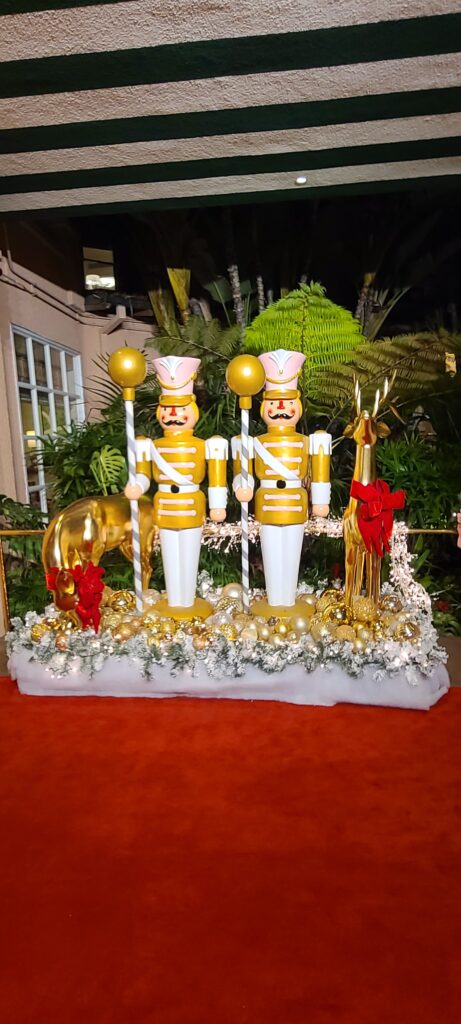
Supper
The most important moment of the Christmas Eve was and is the supper. The time of its beginning is definite and unusual: the appearance of the first star in the sky. This is in memory of the star of Bethlehem, which showed the shepherds the way to the stable, the birthplace of the Lord Jesus. Gathered household members recite a prayer, a prayer for the dead. There should be a moment of silence after the prayer. According to beliefs, the souls of deceased relatives come then to start the veil with everyone.
Before we sit down to a meal at the Christmas table, we share the wafer. In the past, the breaking of the wafer was started by the father, mother or the oldest person in the family. When breaking the wafer, one had to kiss one’s parents and grandparents’ hands. It was customary to leave an empty seat at the table for a loved one or a wanderer.
After sharing the wafer, wishes, reconciling and praying, people sat down to the Christmas Eve table, which should have at least twelve dishes, because there were so many apostles and so many months in the year. Until World War II, dishes had to be mismatched 5, 7, or 9. An even number was to bring failure on the farm. Twelve dishes of all plants growing in the field were also cooked in order to ensure their abundance in the New Year. It was also necessary to try all the prepared dishes without putting down the spoon.
The Christmas Eve dishes included: borscht, peas, beans, mushrooms, potatoes, all kinds of groats served with mushroom sauce, stuffed stuffed cabbage, dumplings with cabbage and mushrooms, and herring. Kutia made of boiled wheat seasoned with poppy seeds, honey and nuts was served for dessert. All meals are fasting, and should consist of “everything in the field, orchard, garden, forest and water”, i.e. cereals, vegetables, fruits, nuts, honey and fish.
A place was left at the table for the wanderer. The number of feasters had to be even, otherwise one of the participants was in danger of misfortune. Each participant of the Christmas Eve supper had to taste each of the dishes served, and it was necessary to eat quickly and without rest, because the one who stopped eating might not live to see the next Christmas Eve.
Currently, the Christmas Eve menu differs slightly from what was prepared in the past. Usually, however, the festive table must include red borscht or mushroom soup (sometimes almond or fish soup), carp, sometimes other fish, cabbage dish, dried fruit compote, sweets.

Beliefs
In Poland, Christmas Eve and Christmas Day contain many intertwining themes and pagan and Christian rituals. One of them was the belief that on Christmas Eve night the earth opens up and reveals its treasures, ferns bloom in the forest, fruit trees bear fruit, forest animals and bees wake up in the hive – all to celebrate the birth of Jesus. It was also believed that on this one night animals speak with a human voice.
Christmas Eve was also of great importance because its course had a significant impact on the whole of the coming year. It was necessary to get up early on that day in order to have a good mood throughout the year, during the day it was forbidden to lie down so as not to cause illnesses, and in summer “laying of grain”. Under no circumstances should you lend anything to your neighbors, as this could result in the loss of property. Christmas Eve was to be spent in harmony and kindness, and all injuries should be forgiven, so that the new year could be lived in peace. Each region had its own characteristic Christmas Eve rituals and customs, but they all boiled down to one thing: that the next year would be good and successful.
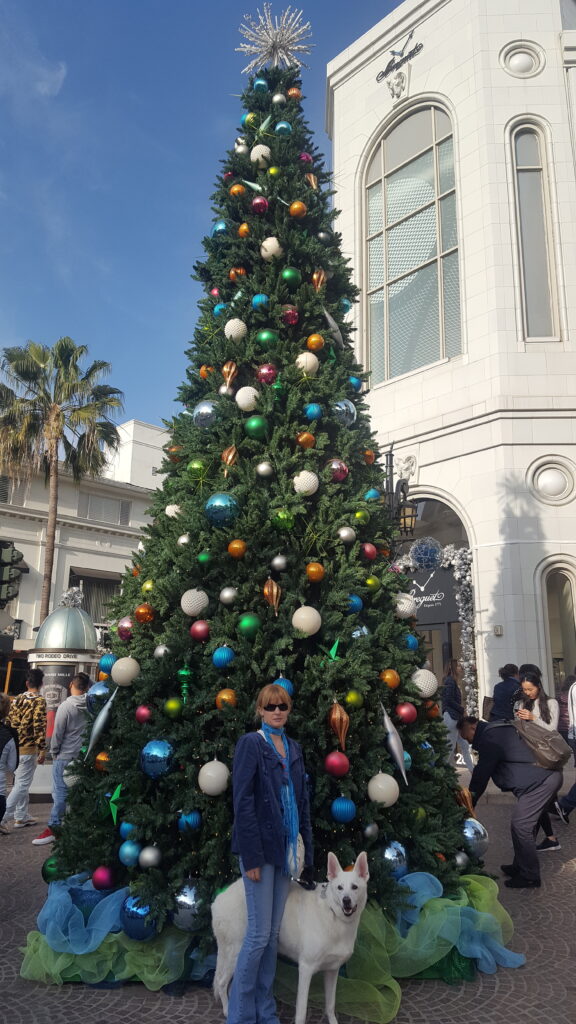
One of the most important elements of the Christmas Eve day was the preparation for a joint, solemn supper. The food was prepared a few days before Christmas Eve. Houses, chambers and farmyards were also decorated. One of the most famous elements of the Christmas “decoration” were sheaves of grain, straw, hay and cereal grains. Depending on the region, they were placed in different places: in the corner of the room, under the table, hung from the ceiling, spread out on the floor. Hay was placed in a thick layer on the table, which was covered with a white tablecloth (this custom has been maintained in many homes to this day). Another element of the Christmas decor were decorations made of green branches. This custom preceded Christmas trees. Pine, spruce or fir branches were used to adorn the doors of houses, fences, cowsheds and barns. They were also used to decorate the interiors of houses, especially paintings with images of saints. Another way to decorate with green branches is the so-called podłaźniki also called połaźniki, podłaźniczki, jutka, panicle, orchard of paradise or God’s tree. The branch for the podłaźnik must have been broken early in the morning. The farmer who first brought the forked branch into the house hoped for a good harvest. Podłaźnik was carried in silence and concentration, so as not to miss anything from its magical power. Podłaźnik was decorated with apples, nuts, flax seeds, straw chains and wafer decorations.
Various beliefs were associated with podłaźnicy. The more beautiful the branch, the greater the wealth and prosperity for the house, especially the girls who decorated it. Remains of the podłaźnik: nut shells, dried twigs, wafers were stored as an antidote to evil spells.
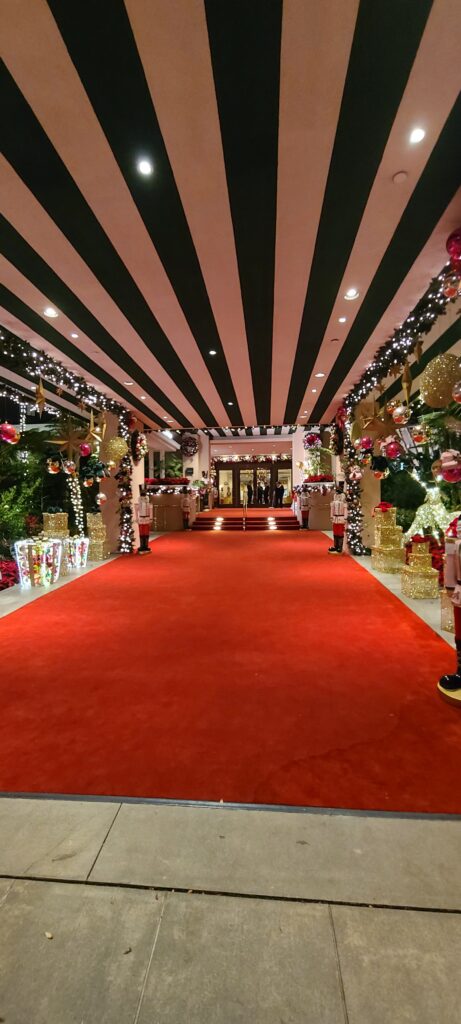
On this solemn evening, harvest, weather and marriage were foretold. From Christmas to Epiphany, the weather was observed and these 12 days were supposed to correspond to the weather of each month. The sky was filled with stars on Christmas Eve. It was said then that hens would lay well and cows would milk well. Hoarfrost predicted a fertile year, as did large icicles or peace and quiet outside. Peas and kutia were thrown to the ceiling. The more peas or wheat stuck there, the bigger the harvest was to be. The length of the hay pulled out from under the tablecloth predicted a harvest of linen.
The maidens predicted marriage, e.g. chopped wood brought to the room (a pair, not a pair) counted, as did the pegs in the fence. They also listened from which side the dog was barking (the bachelor was supposed to come from this side). On Christmas Eve, maidens pull out a blade from under the tablecloth to learn more about their future: a green, short blade means a quick and happy marriage, different shades of gray indicate difficulties in finding a husband.
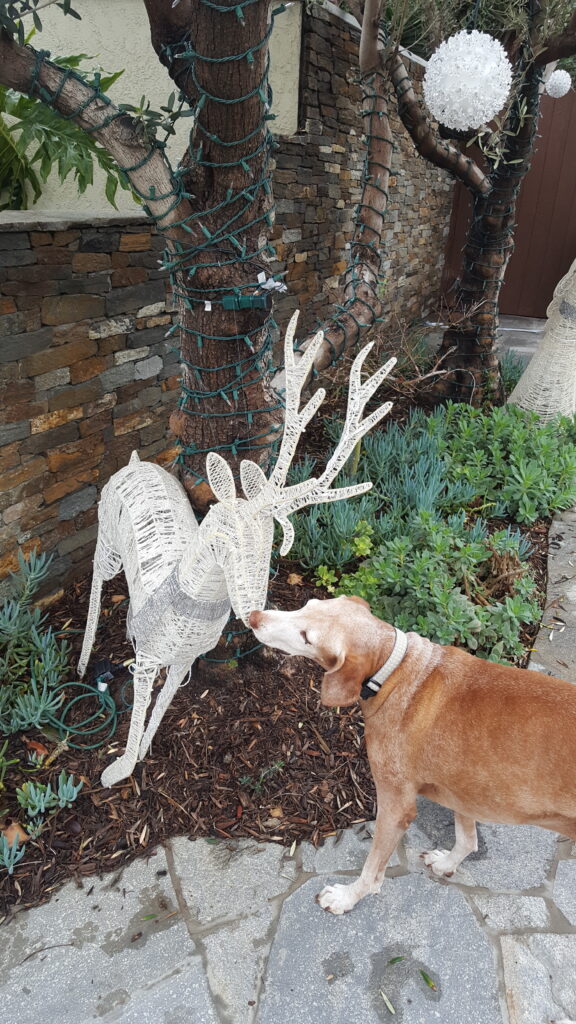
The sky was observed (a clearly visible Big Dipper bode many weddings). The dreams of that night were to come true. Efforts were made to ensure harvest and abundance, for example, next to a sheaf of grain, grain was placed in a linen bag, a bowl, and a spade and a poker. A churn was placed under the table. Those who wanted to be healthy washed before Christmas Eve in water into which money was thrown. The remains of hay from under the table were collected to cover the sick with it when needed.
